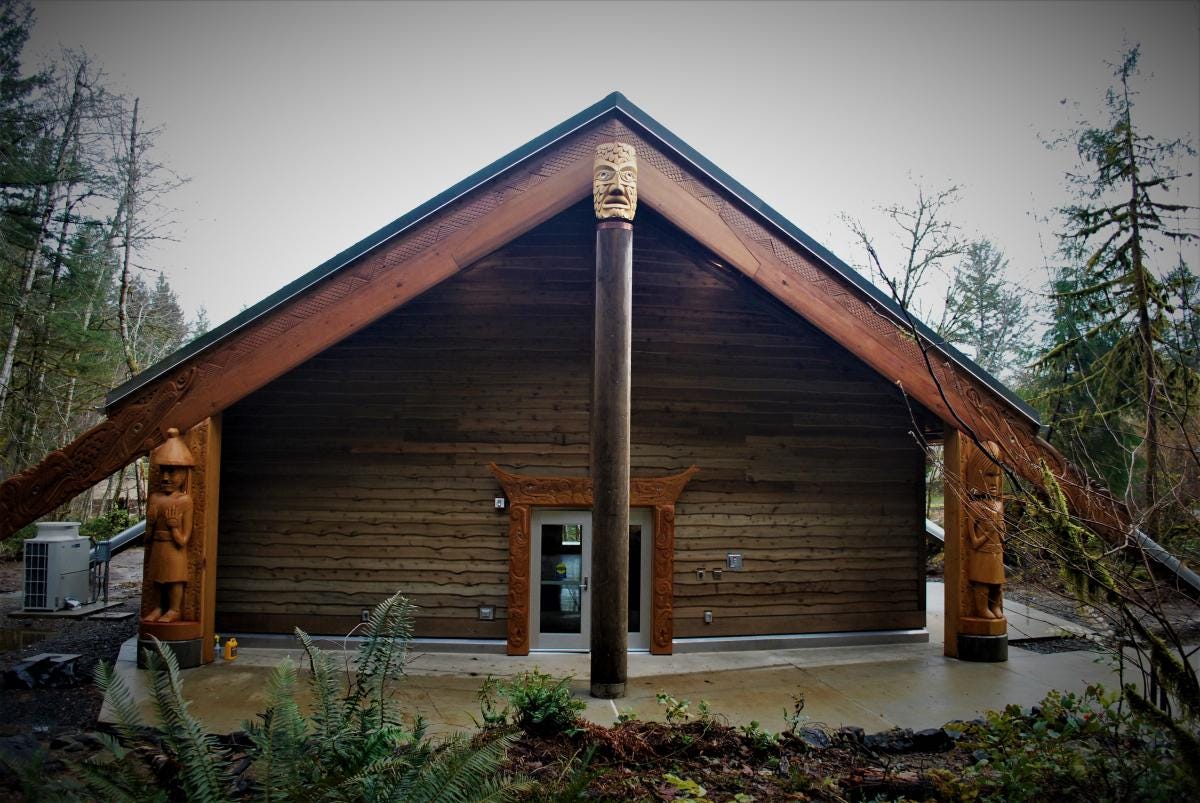Sustainability and Indigenous Perspectives
Diving into the next chapter of Sustainable Building and Design

A little background to begin with; I lived in New Zealand for nearly five years, and in early 2020 I decided that I was going to return home to the United States and work on a project that my family was undertaking on my grandparent’s property. To make a long story short, I ended up getting effectively stuck in the US for much longer than I had anticipated, due to travel restrictions stemming from the pandemic that we have all heard plenty about. During that time I was able to spend a lot of time with my family, and we ended up completing this project, but I also had a lot of free time on my hands. This led me to the conclusion that it was finally time to go back to school and earn a degree, now that I had found a direction that I felt warranted further investigation and investment of my time, something that I had struggled to find previously. I chose Evergreen College because of the flexibility they allowed for undergraduates to come up with unique paths to their degrees.
Upon arrival at the campus for the first time, the building pictured above (The Fiber Arts Studio) immediately appeared to be out of place. Not in the way one might think, though, because Evergreen is situated on land previously occupied by indigenous people, there is no shortage of Northwest Coast art and imagery, but this building was strange because it was clearly recognizable as a Maori marae, a traditional type of building that I had become familiar with - at least in the way that it was constructed - during my time spent in New Zealand. What was quite special about this building, is that it featured massive, ornately carved façades that were inscribed with not only Maori imagery, but also Northwest Coast Indigenous imagery, and even included other recognizable traditional patterns common to Pacific indigenous peoples.
I found this building to be supremely beautiful and inviting, and the feeling of collaboration and understanding was clearly evident in the way that all of the carvings had been integrated together into one cohesive unit, with a clear shared perspective. Fast forward a couple of months, and I decide to take a digital design course with focus on Northwest Coast Indigenous history, and lo, the professor turns out to be one of the main collaborators for the carvings on the building that had caught my attention. These connections between the place where I was born and raised, and the place where I chose to reside were quite powerful for me, and so I want to begin the process of understanding how indigenous people in both New Zealand and the Pacific Northwest treat their built environments, and how their traditions tie into contemporary buildings.
I want to preface this whole quarter of work by saying that I am not indigenous. As a European-descended white male I cannot know what it is like to be an indigenous person, and I certainly have no intention of appropriating indigenous designs or methods into anything that I do down the road. I am however very curious about indigenous themes of stewardship of the land we inhabit, and the integration of people into the landscape rather than the domination of the natural world, something that I have come to understand as a common thread. I am also beginning to notice that there are some distinct areas of overlap between these indigenous ways of thinking, and the way that many sustainable certification programs are structured, especially in terms of improving the surrounding lands and neighborhoods, and I think that there can be some extremely valuable input to be gleaned from the traditions of people that have been living in these places for thousands of years, long before European colonization.
My goal for this upcoming batch of articles is to delve a little deeper into the history of indigenous buildings, both in the US and in New Zealand, and find out more about how they were built, and what they meant for the people that inhabited them. I also want to tie these themes together with contemporary interpretations of sustainable architecture and land management, from both the Indigenous and European perspectives.
“If you’re not at the table, then you’re on the menu.”
References:
https://www.maoriart.org.nz/
https://www.evergreen.edu/longhouse/fiber-arts-studio-paimarire





Nga mihi nui tane! Such a good read! 🤙🏼💙